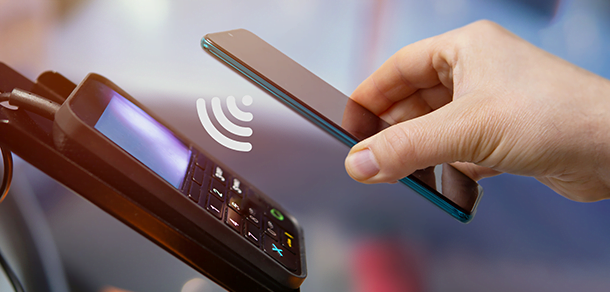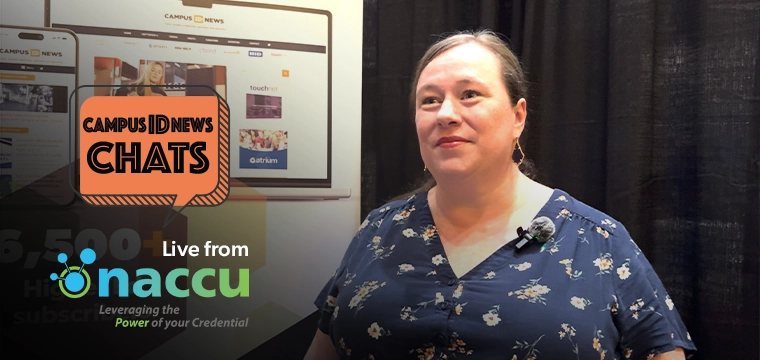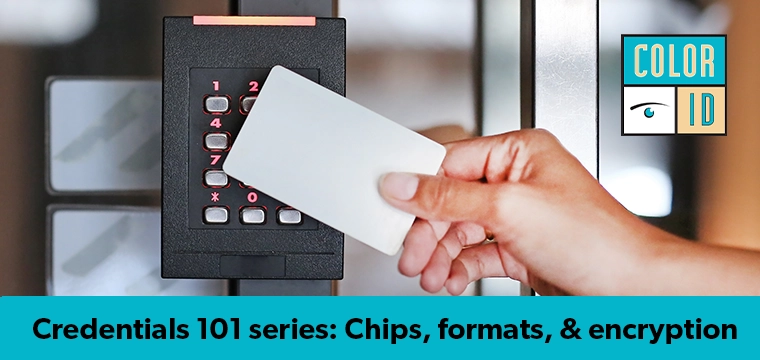
A walk down memory lane for the payment industry
This has been quite the year for near field communication. The hype around the technology has skyrocketed and enabled handsets are actually being sold in the U.S. In a handful of locations, these handsets can be used for purchases and other transactions.
NFC is not a brand new technology. Millions of handsets are deployed in Japan but the hype around the technology in western countries has grown deafening. Until this year it had been all talk as handset manufacturers, telecoms and banks tried to figure out a way to make NFC a reality. But with RIM enabling two Blackberry devices, Samsung's Nexus S and Google Wallet and Offers NFC has already become a reality to some with more slated in 2012.
For payment industry veterans, the hype around NFC may be reminiscent of the push for contact smart cards more than a decade ago. Visa USA was a driving force behind the issuance of these cards and touted how they would revolutionize marketing and loyalty programs.
It was an exciting proposition. Multiple retailers could create loyalty applications that could be stored on the same card. Frequency programs, electronic couponing, one-time offers all could be enabled with a contact smart card program.
Visa lined up a handful of issuers but Target bought into it the most, issuing 9 million cards and swapping out 37,000 point-of-sale devices, according to published reports.
Of all the exciting new loyalty programs Target could offer, they chose to roll out electronic couponing. There were a handful of ways an electronic couponing program could have worked:
Of all these options the latter is arguably the most difficult as it requires consumers to change behavior. In 2001 nobody was using a kiosk to download offers before starting to shop. They still aren't in 2011.
Yet this is the option that Target chose for its loyalty program. It did not catch on with cardholders. In 2004 just one year after switching all of its point-of-sales terminals, Target ceased issuing smart cards.
It's now 2011 and Visa is once again the force behind an issuer and retailer technology migration. For the switch to NFC and EMV, the message is slightly different with added security receiving top billing. Marketing, however, is not far behind.
When Google announced Wallet, security was highlighted because a PIN is required before payment data is transmitted. Yet while security was highlighted, as much time was spent explaining Google Offers, the location-based system that will notify consumers of deals in their areas.
But the biggest problem still exists as it did a decade ago; convincing retailer's to switch their point-of-sales devices to accept these new payment types. The problem isn't as large as it was in the last decade as an estimated 10% of all point-of-sales systems shipped in 2010 included contactless and that number is expected to grow to 85% by 2016, according to ABI Research. This doesn't include the contactless payment terminals already deployed in the U.S. either.
Visa is offering a carrot and a stick for those merchants as well. Merchants who deploy point-of-sales systems that can accept EMV and NFC will receive a waiver from some of the burdensome compliance requirements for the Payment Card Industry Data Security Standards (PCI DSS). But if they don't there's a liability shift that will put them at fault for any certain fraudulent transactions.
Analysts say there are similarities and differences from the push a decade ago. "It's repeating what the card industry did 10-years-ago but bringing it to a whole new level," says Sirpa Nordlund, executive director at the Moby Forum.
The payment industry wanted to bring multi-application smart cards to consumers and retailers in 2001. The thought process is pretty much the same now but the form factor and computing power are different, Nordlund says. "People have the Internet in their pocket," she explains.
George Peabody, director of emerging technologies at the Mercator Advisory Group, says without additional security the business case for contact smart cards never existed. "There really wasn't a value proposition," he says. "They didn't speed up transactions and weren't accepted most places."
It's not going to be just payments that that drive NFC, Peabody says. "The ability to use it for marketing purposes is the kind of thing that gets a merchant's attention," he says. "We've had large merchants tell is they would kill to know who's coming into their store."
That may have been the same message a decade ago with contact smart cards but Peabody believes the difference is consumer usage. There was only a handful of banks issuing the cards and, outside of Target, very few retailers who could accept them. NFC is different because it uses the same contactless infrastructure that's already in place.
Peabody believes the new Visa rules requiring EMV and NFC enabled payment terminals will convince the majority of merchants to swap out devices in the next five years.
All that said the lack of enabled handsets is still holding back the widespread adoption of NFC. As of late 2011, the Samsung Nexus S was the only handset being used for payments in the U.S. Two Blackberry models have been equipped with NFC, but they have not been used in any payment programs. And the latest iPhone iteration is sans NFC.
This may change in 2012, says Peabody, citing that Google's acquisition of Motorola Mobility is likely to bring more NFC handsets from the manufacturer.
It's going to come down to whether the mobile operators are willing to spend the money on NFC handsets, says John Devlin, group director at ABI Research. Until the business case is finalized on how the operators will make money it's difficult to say whether they'll invest the money.
To integrate NFC into a handset costs the manufacturer $6 to $8 depending on the implementation. Telco's are charging $20 extra for enabled handsets, Devlin says.
2011 has been a big year for NFC and 2012 looks to see more deployments with ISIS–the partnership between AT&T, Verizon and T-Mobile and payment brands–rolling out pilots. It is also likely to bring additional handsets and consumer availability as well.
George Peabody, director of emerging technologies at the Mercator Advisory Group, says that much of the discussion around NFC focuses on payments but there is so much more it can do.
NFC 1.0 is what's being discussed now and it is all about payments, Peabody says. But when NFC was first envisioned the idea of a powerful Internet connection and cloud computing on mobile devices didn't exist.
Part of NFC 2.0 is using a device as a smart card reader, Peabody explains. Merchants could use these devices for payment acceptance, and individuals could use them to access secure Web sites.
The approach can also be used for federal government PIV applications such as logical access to a communications network. In health care, the same approach can provide strong authentication for access into medical records.
NFC 3.0 could extend the technologies role to the cloud, says Peabody. Together the two technologies could create a security-as-a-service capability with applicability for payments and other transactions. This technology could enable new payment options for retailers and consumers. "A retailer could, for example, accept an Amazon payment at the point of sale. The consumer would be saying, effectively, to use the payment credential I store with Amazon," Peabody says.




